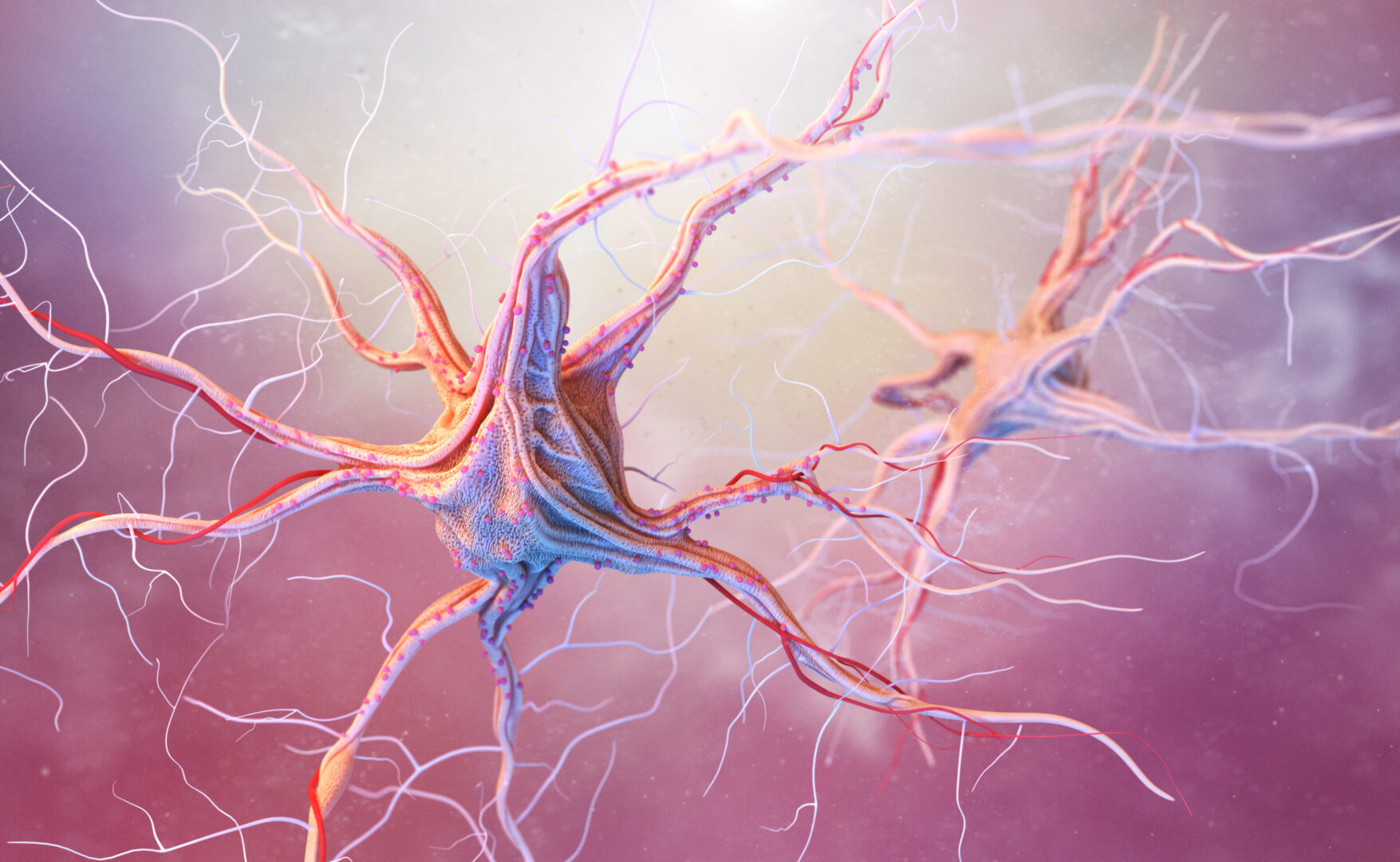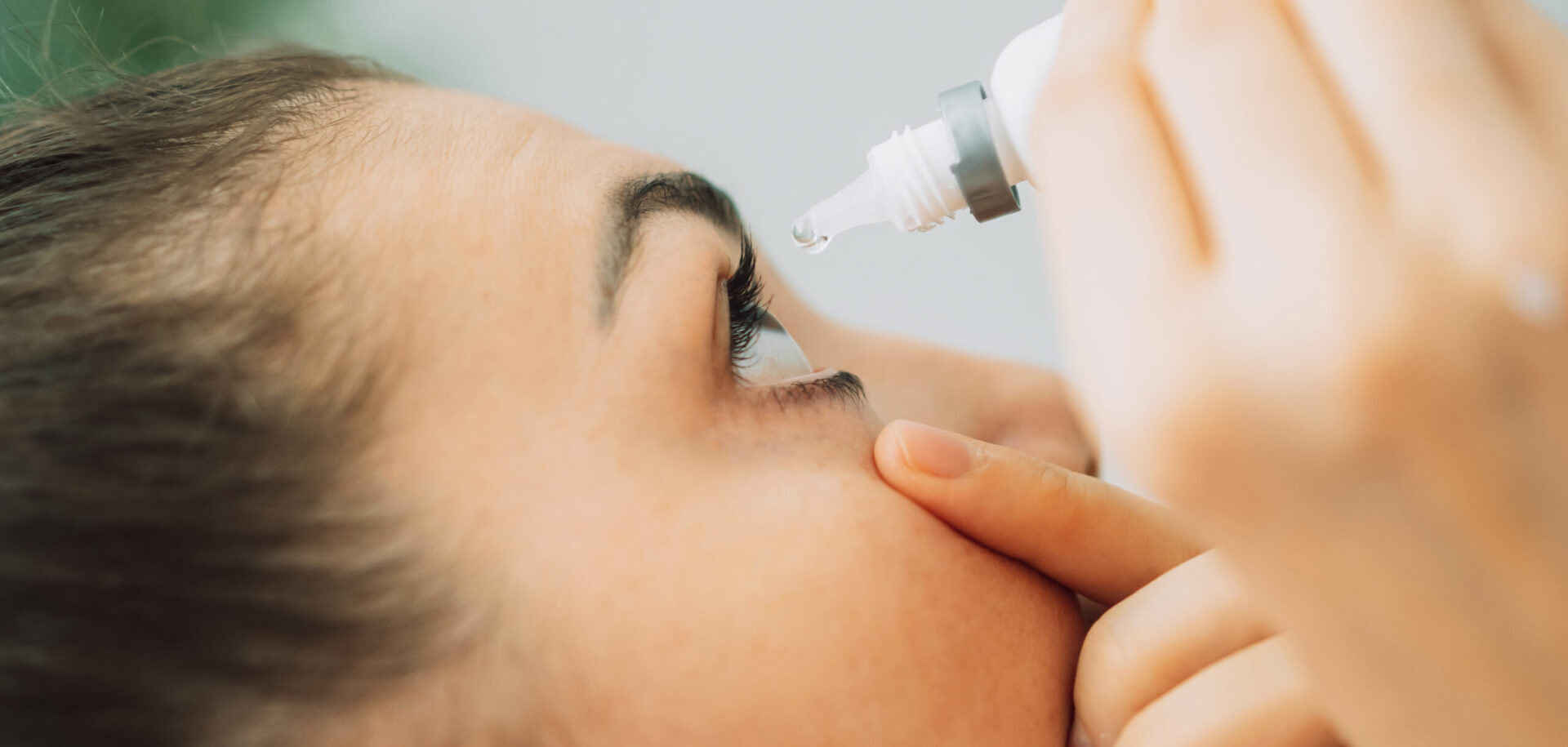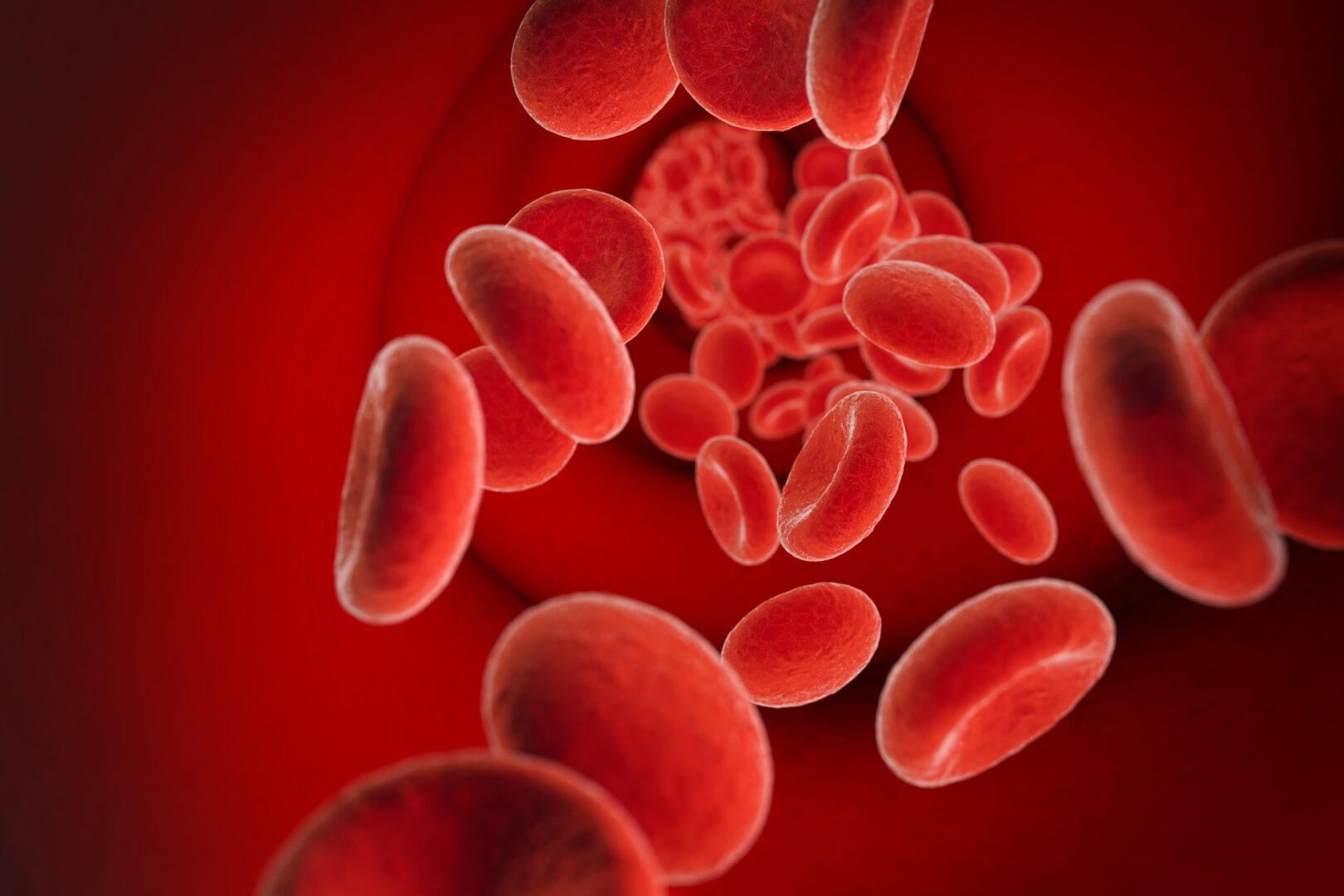Learning objectives
- Describe the clinical features of Ménière’s disease
- Diagnose Ménière’s disease
- Treat Ménière’s disease
Background
- Ménière’s disease is an inner ear disorder characterized by intermittent, spontaneous episodes of vertigo, tinnitus, and hearing loss
- Possibly caused by the accumulation of endolymphatic fluid in the cochlea and vestibular organ (endolymphatic hydrops)
- Often slowly progressive to end-organ damage
- The exact etiology remains unknown
- Significantly impacts the social functioning of the affected patient
Diagnosis
- A full and accurate diagnosis may take months to attain
- Diagnostic criteria:
- Two or more spontaneous attacks of vertigo, each lasting 20 minutes to 12 hours
- Audiometrically documented fluctuating low- to medium-frequency sensorineural hearing loss in the affected ear on at least 1 occasion before, during, or after one of the episodes of vertigo
- Fluctuating aural symptoms (hearing loss, tinnitus, or fullness) in the affected ear
- Other causes excluded by other tests
- Probable Ménière’s disease can include:
- At least 2 episodes of vertigo or dizziness lasting 20 minutes to 24 hours
- Fluctuating aural symptoms (hearing loss, tinnitus, or fullness) in the affected ear
- Other causes excluded by other tests
- Differentiation between vertigo of central, peripheral, and cardiovascular origin
- Full otologic history
- Question the patient about the characteristics of vertigo, hearing loss, and earlier episodes of these symptoms
- Note the duration of vertigo and hearing loss episodes, as well as any potential triggers
- Evaluate family history of hearing and balance problems
- Complete physical examination including a comprehensive neurological examination
- Document peripheral sensation in all extremities
- Examine gait
- Cerebellar testing
- Romberg, Fukuda, and pronator drift tests
- Dix-Hallpike maneuver with Frenzel goggles
- Document orthostatic blood pressures
- MRI
- Audiometric evaluation
Differential diagnosis
| Condition | Clinical Presentation | Differentiation from Ménière's disease |
|---|---|---|
| Autoimmune (e.g., multiple sclerosis) | Often progressive fluctuating bilateral hearing loss that is steroid responsive | May present with vision, skin, and joint problems |
| Benign paroxysmalpositional vertigo | Positional vertigo lasting less than a minute | Not associated with hearing loss, tinnitus, or aural fullness; short duration of vertigo episodes |
| Infectious (e.g., Lyme disease) | Viral (e.g., adenovirus) or bacterial (e.g., staphylococcus/streptococcus); can lead to complete hearing loss and vestibular crisis event with prolonged vertigo and/or hearing loss | Losses are often permanent and do not fluctuate; can present with severe otalgia and fever |
| Otosyphilis | Sudden unilateral or bilateral sensorineural fluctuating hearing loss, tinnitus, and/or vertigo | Vertigo attacks not typically associated with aural symptoms immediately before or after attacks |
| Stroke/ischemia | Vertigo may last for minutes with nausea, vomiting, and severe imbalance; may also include visual blurring and drop attacks | Insults are often permanent and do not fluctuate May be comorbid with dysphagia, dysphonia, or other neurologic symptoms and signs Usually no associated hearing loss or tinnitus |
| Vestibular migraine | Presents with attacks lasting hours but can also present with attacks lasting minutes or >24 hours | Timing of attacks may be shorter or longer Hearing loss less likely Patients often have a migraine history More photophobia than visual aura |
| Vestibular schwannoma | May present with vertigo, majority presents with chronic imbalance and asymmetric hearing loss and tinnitus | Chronic imbalance more likely than profound episodic vertigo Hearing loss does not typically fluctuate |
| Labyrinthitis | Sudden severe vertigo with profound hearing loss and prolonged vertigo (e.g., 24 hours) | Vertigo, nausea with hearing loss Not episodic, not fluctuating |
| Vestibular neuritis | Viral infection of vestibular system; leads to acute prolonged vertigo with prolonged nausea, vomiting without hearing loss, tinnitus, or aural fullness Severe rotational vertigo lasts 12 to 36 hours with decreasing disequilibrium for the next 4 to 5 days | Vertigo, nausea without hearing loss |
Risk factors
- Migraine
- Autoimmune diseases (rheumatoid arthritis, systemic lupus erythematosus, ankylosing spondylitis)
- Genetic component
Treatment
- Thiazide diuretics
- Vestibular suppressants
- Betahistine
- Intratympanic steroid injection
- Intratympanic gentamycin injection
- Vestibular nerve section or labyrinthectomy
- Sodium restriction diet
- Caffeine restriction/elimination
Anesthetic considerations
- Surgical treatments can be performed under only local anesthesia or general anesthesia
- Based on clinical experience, patients may not be able to lie down; in this case, general anesthesia is preferred
Suggested reading
- Koenen L, Andaloro C. Meniere Disease. [Updated 2022 Sep 30]. In: StatPearls [Internet]. Treasure Island (FL): StatPearls Publishing; 2022 Jan-. Available from: https://www.ncbi.nlm.nih.gov/books/NBK536955/
- Kersbergen CJ, Ward BK. A Historical Perspective on Surgical Manipulation of the Membranous Labyrinth for Treatment of Meniere’s Disease. Frontiers in Neurology. 2021;12.
- Basura GJ, Adams ME, Monfared A, Schwartz SR, Antonelli PJ, Burkard R, et al. Clinical Practice Guideline: Ménière’s Disease. Otolaryngology–Head and Neck Surgery. 2020;162(2_suppl):S1-S55.
We would love to hear from you. If you should detect any errors, email us customerservice@nysora.com







